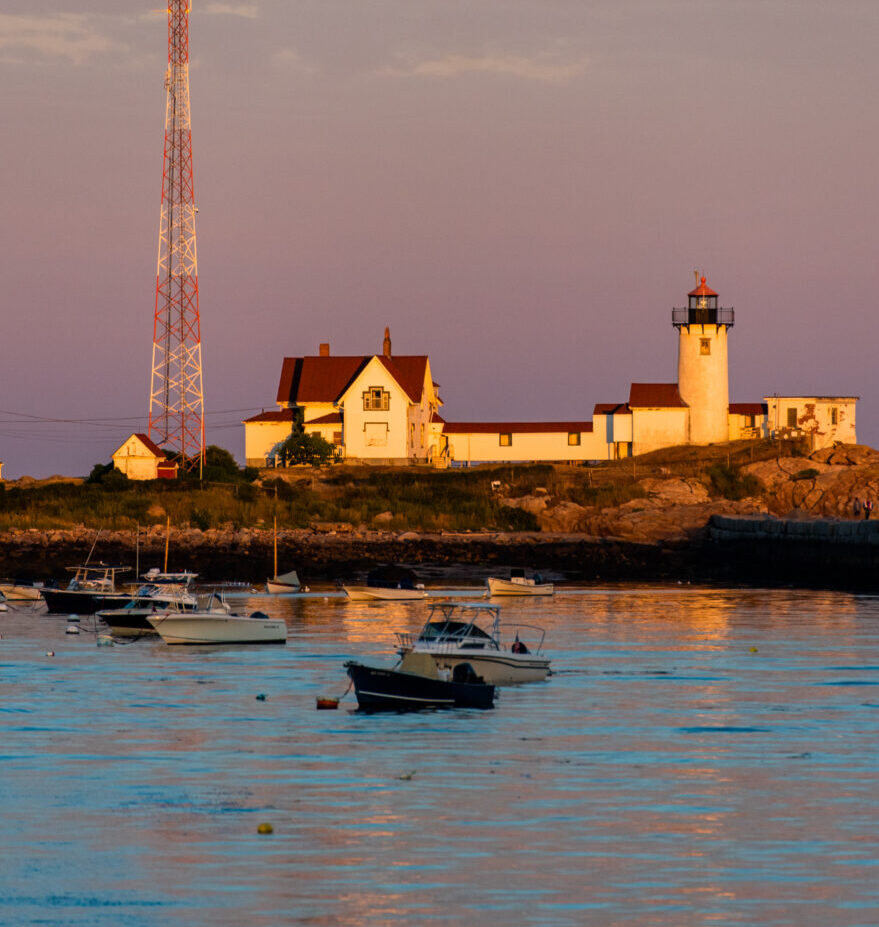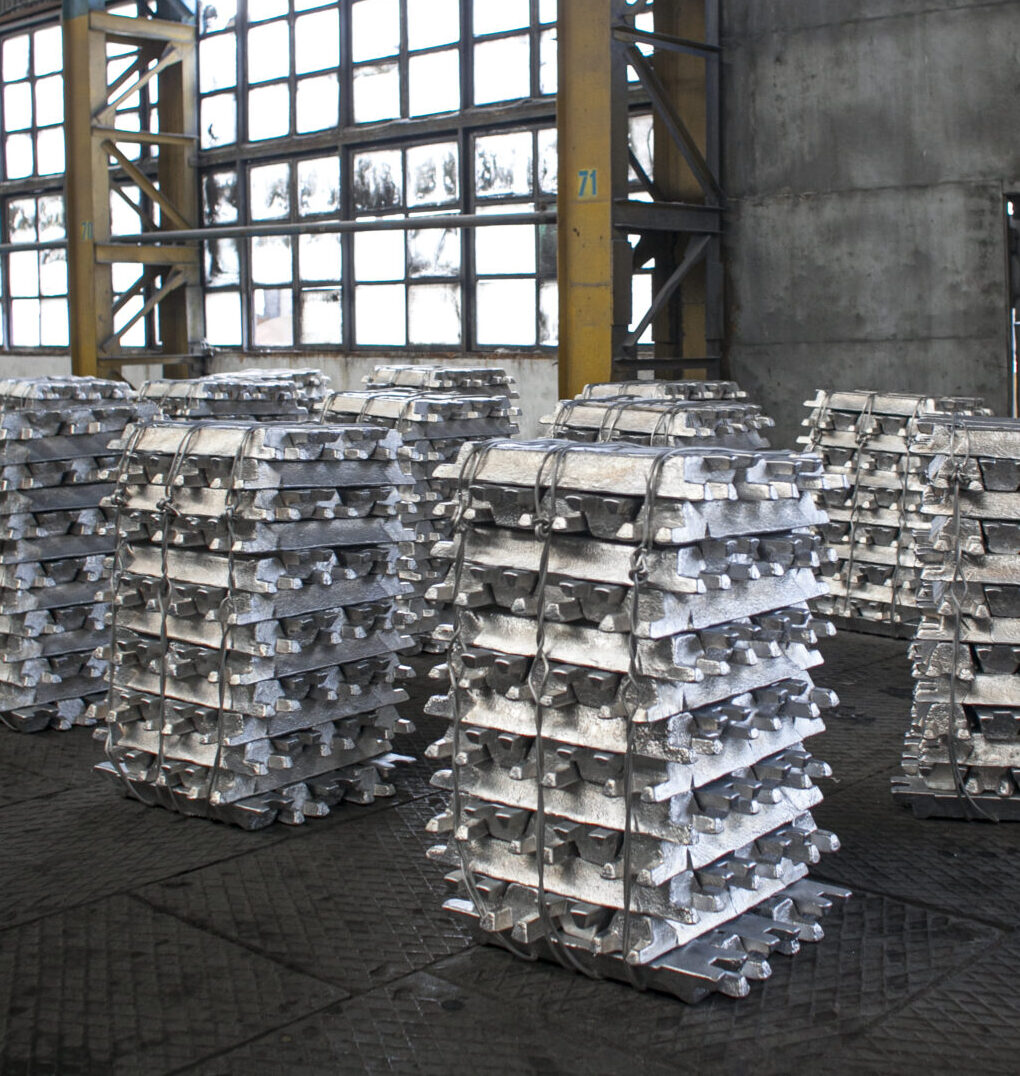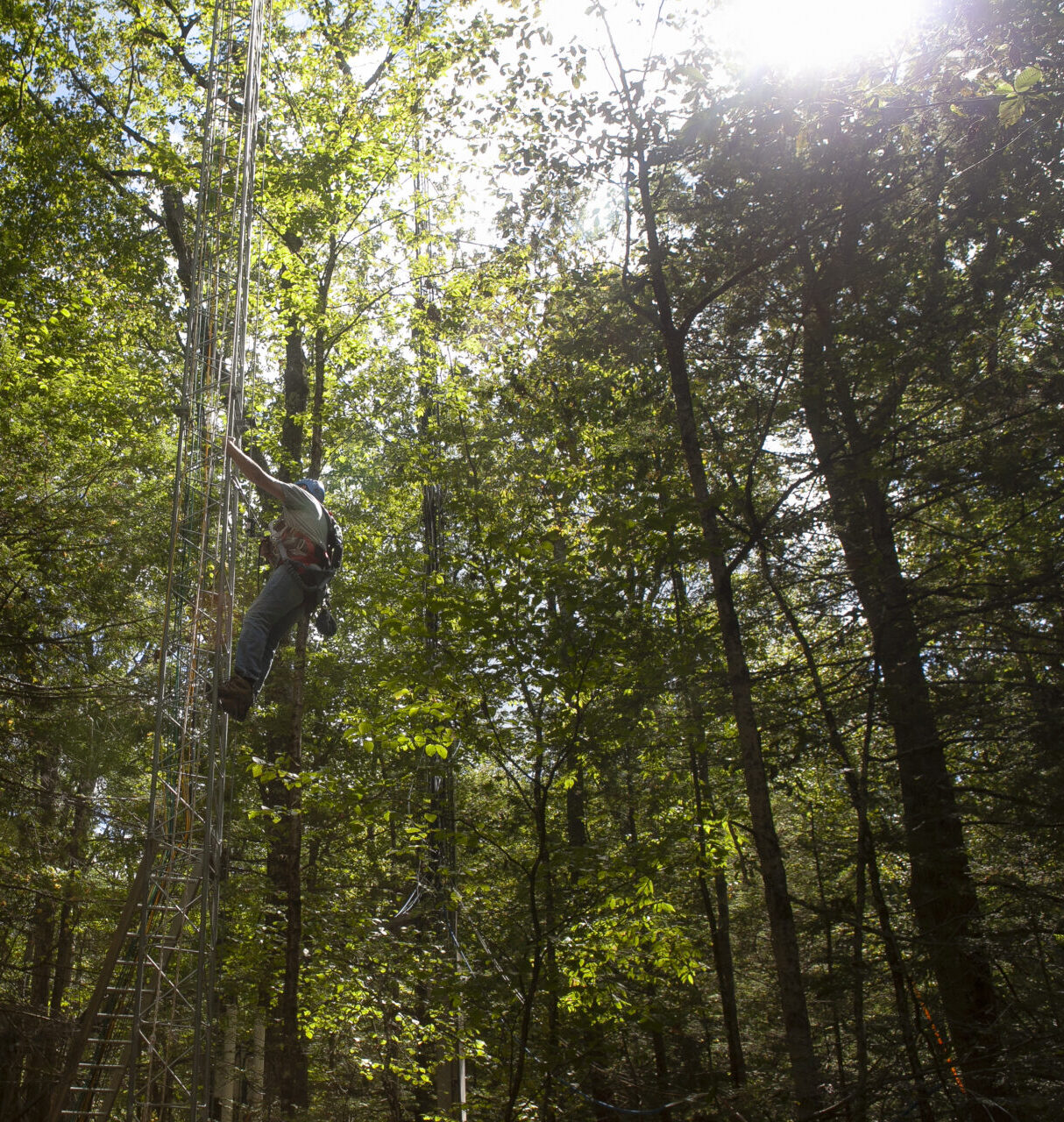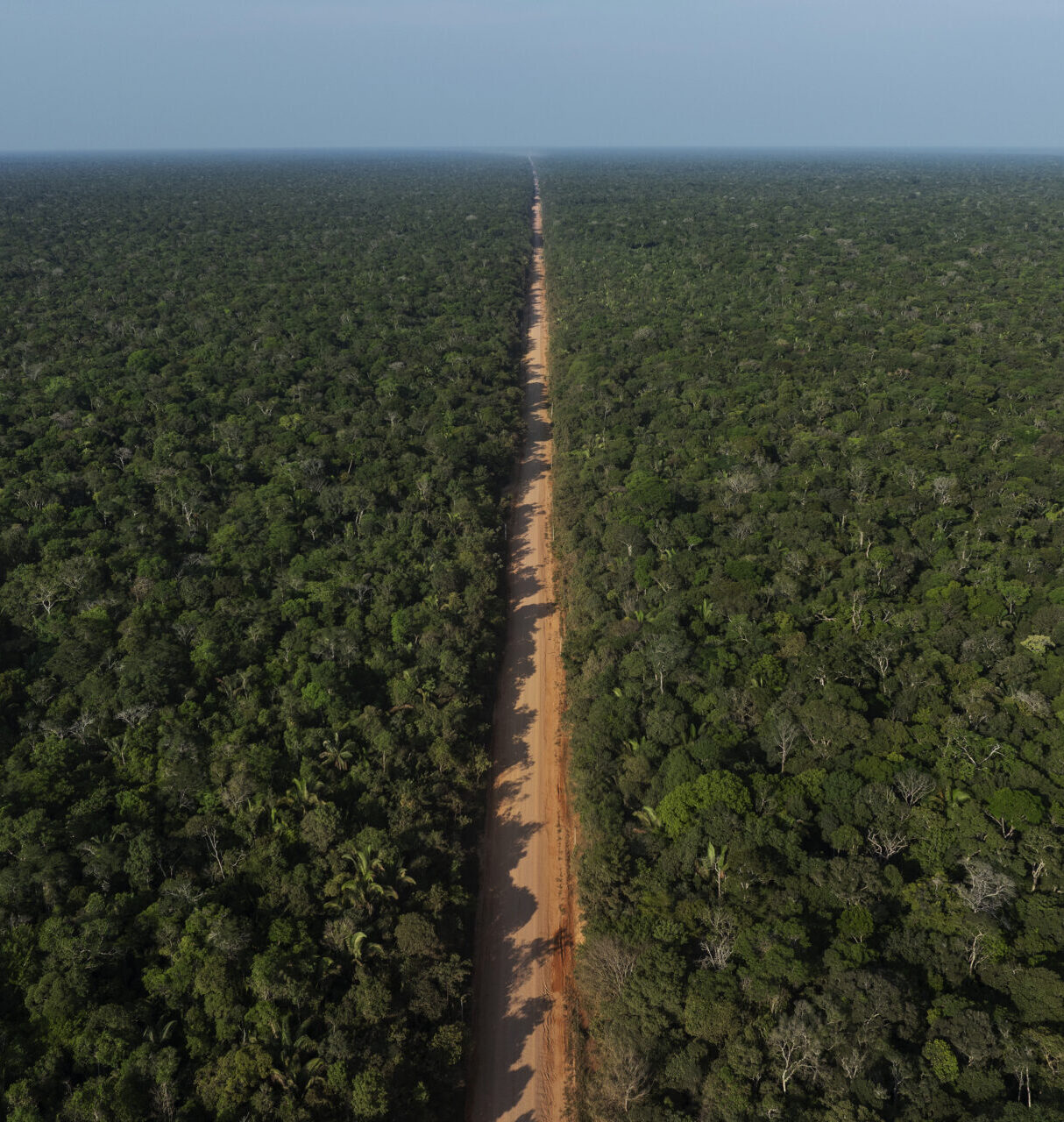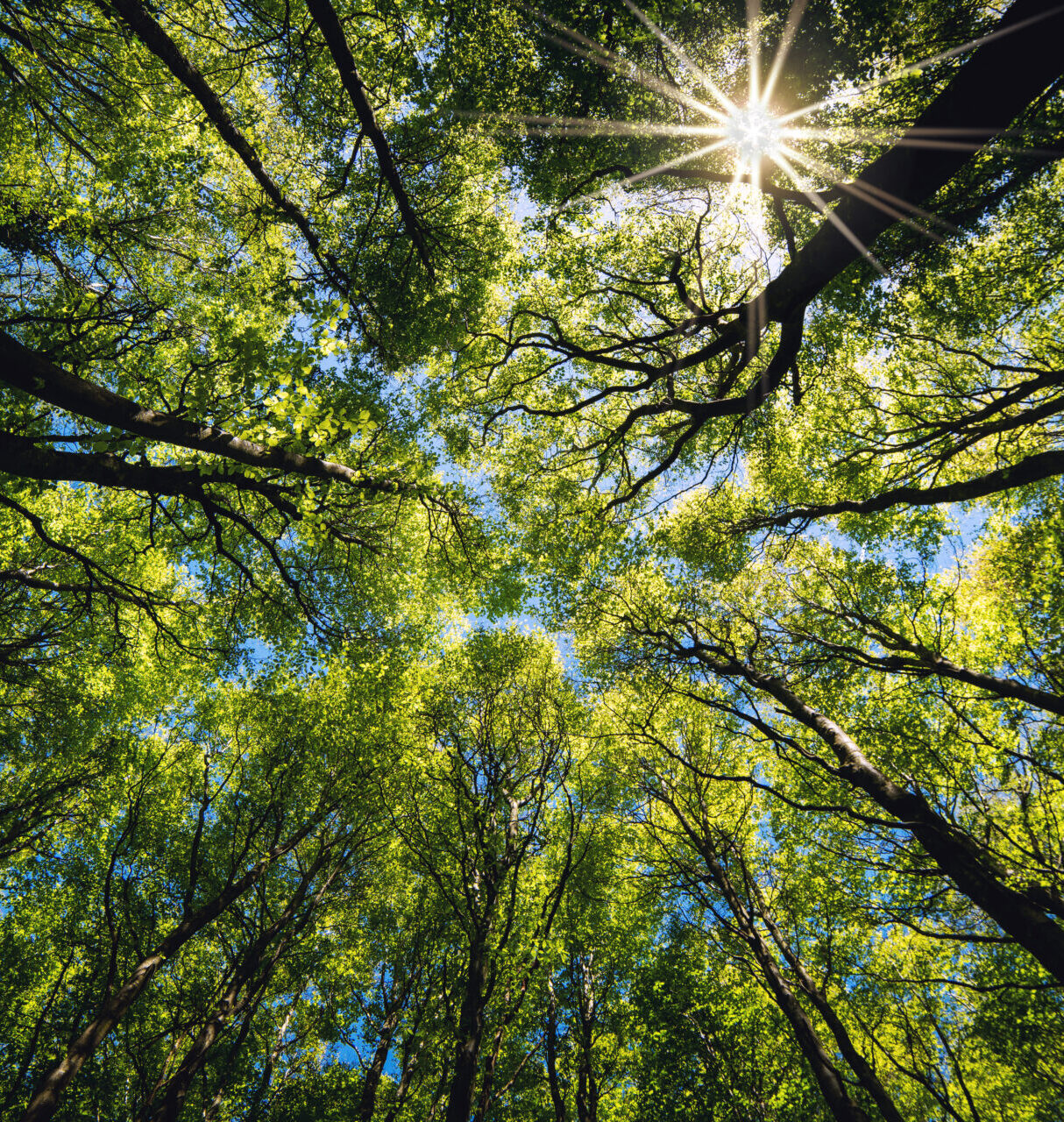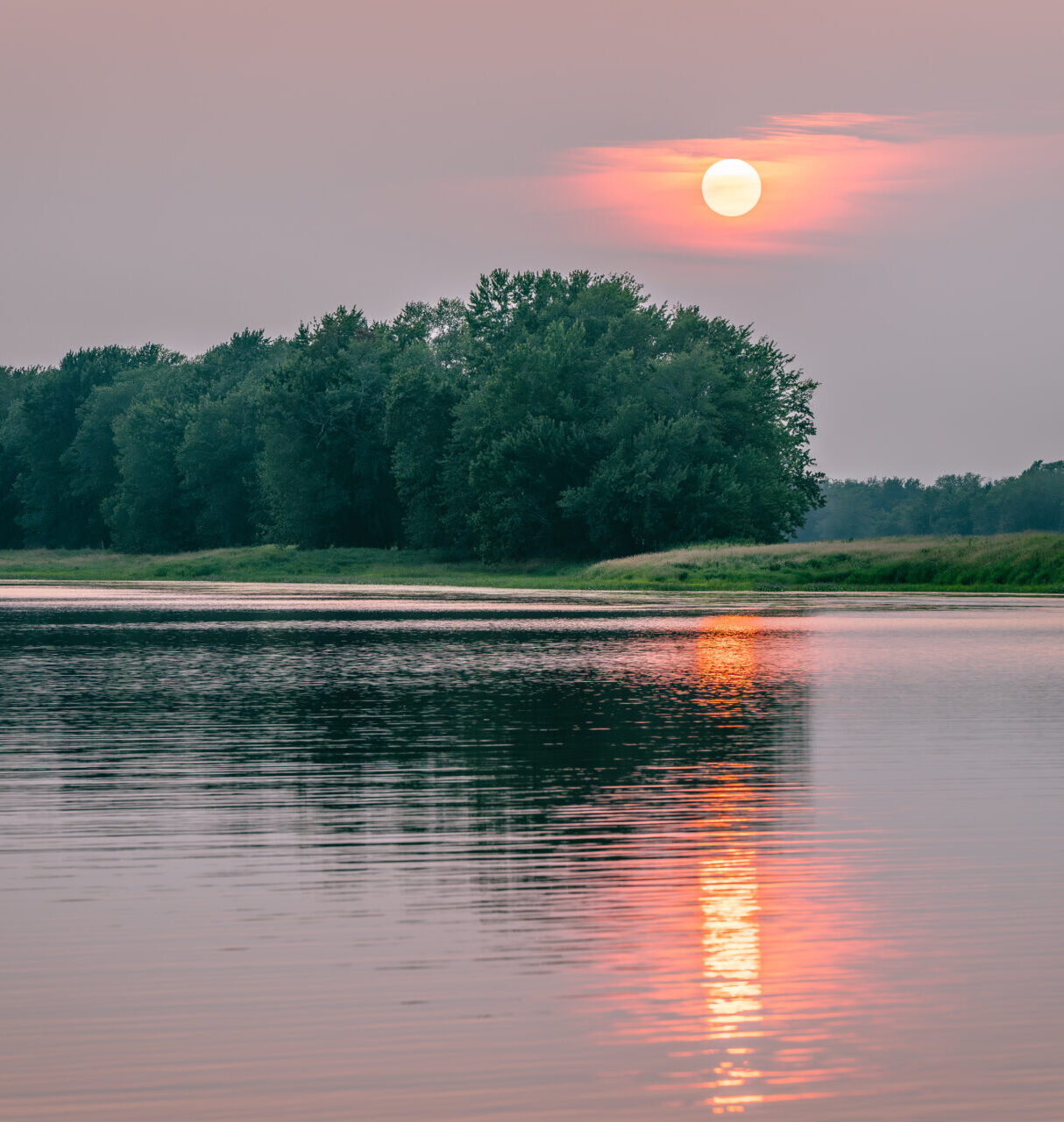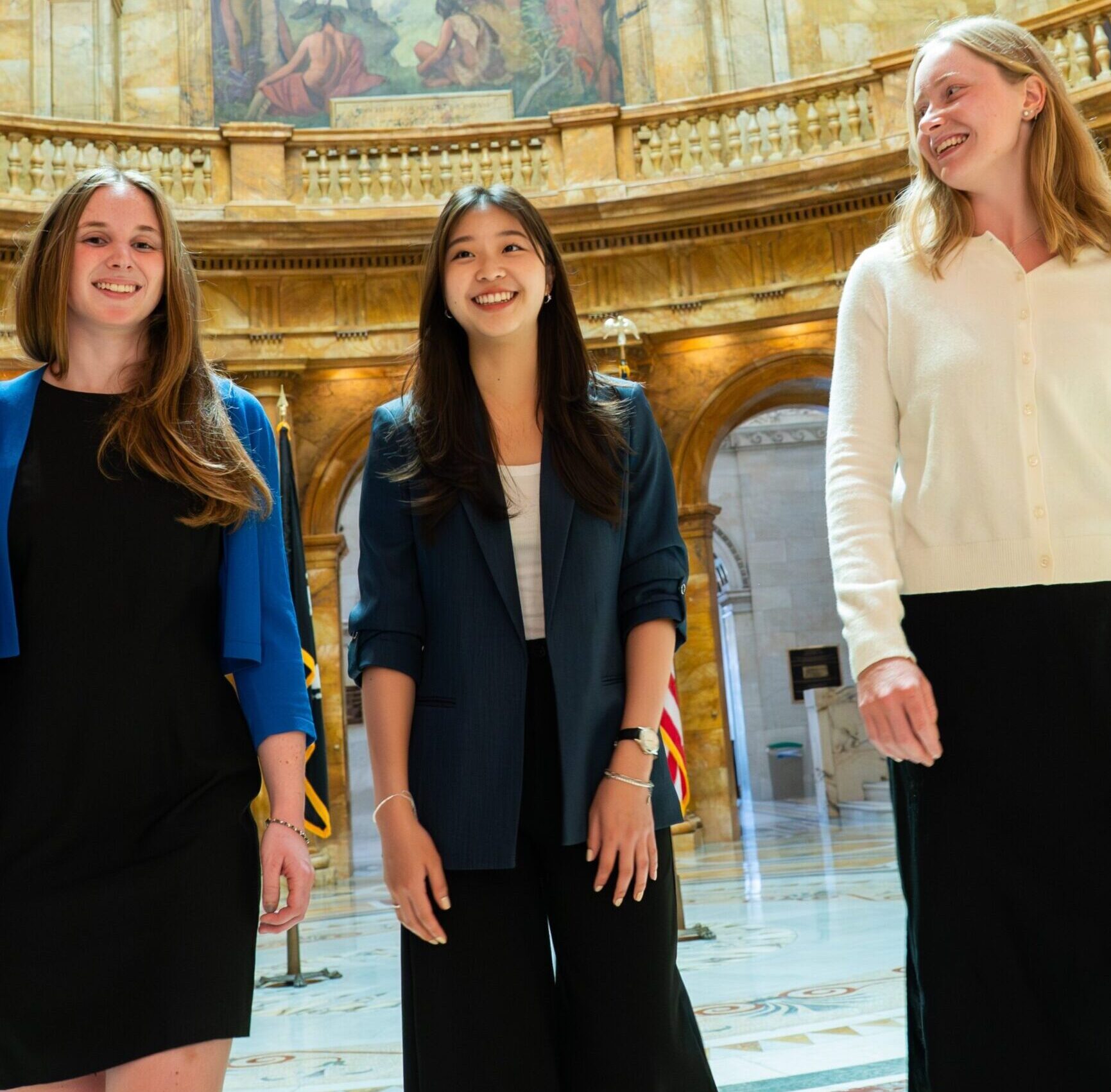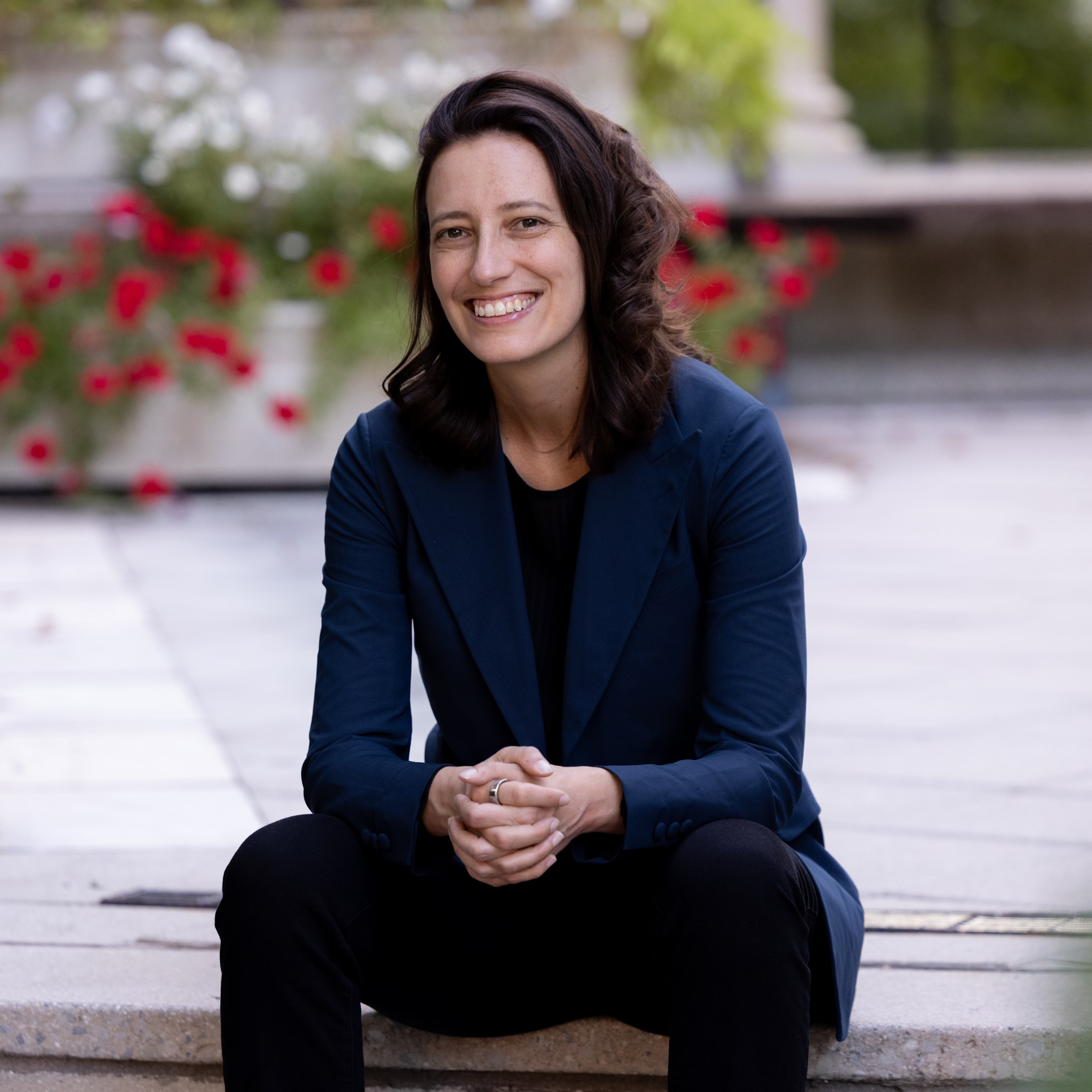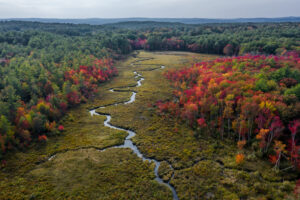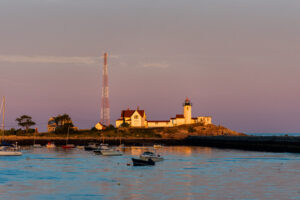Understanding and addressing “chemtrails”

Lawmakers in over 30 states have introduced bills to prohibit geoengineering — the intentional use of large-scale technology to cool the global climate. So far, only one of these bills has become law, but others are advancing through American legislatures.
Behind these efforts is the idea that the government uses airplanes to spray toxic chemicals above our heads to modify the weather. Here, jet contrails become imagined as “chemtrails.” Believers, blending in fears about cloud seeding, which states and local water districts in agricultural areas have done for decades to encourage rain, see a sinister plot of weather control for dubious ends with unknown chemicals.
Indeed, many of the state bills nod to conspiracy theories about a variety of technologies purportedly used in weather modification, referring to “nano-chaff”, “smart dust,” “artificially produced electric fields,” and “artificially produced ionizing or nonionizing radiation.”
For their part, politicians have seen an opportunity to appease a base, no matter how unsound the claims. Governor Ron DeSantis expressed support for the Florida bill, stating that Floridians are “proud of our sunshine.” Robert F. Kennedy Jr., the secretary of health, has suggested the Defense Department is adding chemicals to jet fuel.
Digging into the fear
While the idea that geoengineering is happening has never had so much high-profile support, it is not new.
In 2000, as concerns about chemtrails spread on talk radio, the Environmental Protection Agency responded by releasing an “Aircraft Contrails Factsheet” explaining the science: Condensation trails visible behind jet aircraft engines are composed of ice particles, and if there is sufficient humidity in the atmosphere, a contrail may be persistent.
Despite the physics being well understood, the idea of chemtrails has metastasized into a conspiracy about geoengineering, sometimes joining with conspiracies about radiation, 5G cellular networks, and climate lockdowns. In the wake of the coronavirus, new actors who were concerned about government control over vaccines and pandemic responses more generally began to organize around geoengineering. The Informed Consent Action Network, an anti-vaccine organization which reported $23 million in revenue in 2023, has coordinated efforts to ban geoengineering, and researchers have found spillovers between conspiracies around covid and geoengineering.
So, why do the scientific explanations about contrails fail to convince?
In part, people aren’t seeking answers to the question of why there are lines in the sky. The conspiracy has also evolved. Today it is less about chemtrails (the visual phenomenon) to ideas of weather modification or geoengineering, as believers have adopted the language and debates of the scientific community. On a deeper level, the conspiracy comes from fear about technology and environmental change, loss of agency, and lack of trust in elites.
This fear is rooted in real things. Our personal and consumer data are vacuumed up and used to manipulate us — this is the business model of some the world’s highest-value companies. The platforms we spend hours on each day have been designed to maximize engagement in ways that can harm our health and the health of our children. While pollution has fallen over the last several decades, there are still areas in which it is not adequately regulated. Our governments are failing to meaningfully address climate change.
So when elites like Lauren Sánchez and Jeff Bezos show up in Cannes on a carbon-spewing megayacht to accept a climate change award, some people conclude that climate action is an elite plot. The core of their fears is understandable — it’s the details that are wrong.
Separate the profiteers from the believers
This creates a challenge for scientists and educators who want to address concerns about transparency in the kinds of atmospheric research that might one-day inform a possible geoengineering project, like solar radiation modification.
There are steps we can take to make research more transparent, as my colleagues and I wrote recently in the journal PNAS: publicly disclose funding, publish a record of activities, and require better tracking of funding that results in peer-reviewed articles. These won’t be enough to get at the deeper trust issues motivating engagement with chemtrails, however.
How can educators, scientists, and citizens address concerns about transparency in atmospheric research without inadvertently validating conspiracy thinking?
First, it is important to analytically separate the people who are profiting from spreading these ideas from the people who simply believe them. These groups require different strategies.
For the former, it probably won’t be fruitful to accuse chemtrail influencers of “spreading misinformation,” even though they are — the charge is so frequent that it often simply closes debate. The people who are sympathetic to the misinformation also may believe that elite university types are trying to control speech and thought.
An alternative focus is how the business model of podcasters, YouTubers, and other influencers hyping conspiracies depends on making people live in anxiety and anger. Misinformation spreads not because of content (bad information), but structure (the political economy of the system which moves the information around). People who profit from misinformation are part of a rotten structure, and to focus only on content ignores the problem.
Don’t see the people who believe the geoengineering conspiracies they see in their social media feeds as “victims of misinformation” or assume that education is the answer. Experts find that identity, confirmation bias, motivated reasoning, and lack of trust in institutions explain why people believe misinformation, more so than lack of education. There are many reasons why people may internalize a narrative that the government or scientists are trying to poison the skies; finding and creating community can also motivate participation in conspiracy stories.
The good news is that some of the traits that many in the chemtrails community share — questioning the dominant narrative, doing one’s own research, examining data, being critical of political economy and power dynamics — are points of compatibility with academics, and present opportunities for dialogue.
All perspectives expressed in the Harvard Climate Blog are those of the authors and not of Harvard University or the Salata Institute for Climate and Sustainability. Any errors are the authors’ own. The Harvard Climate Blog is edited by an interdisciplinary team of Harvard faculty.


